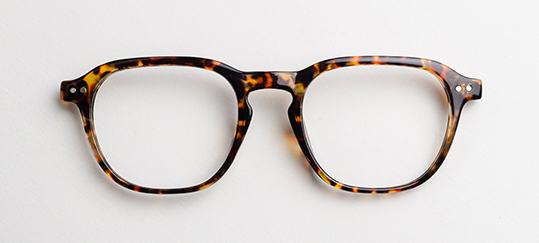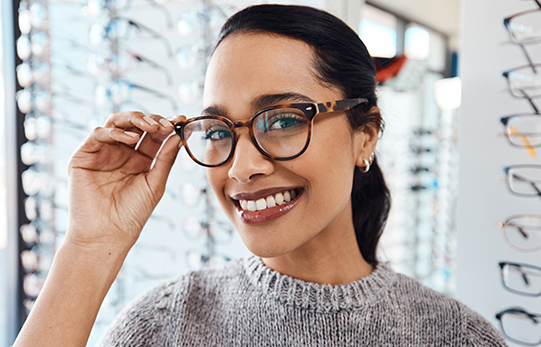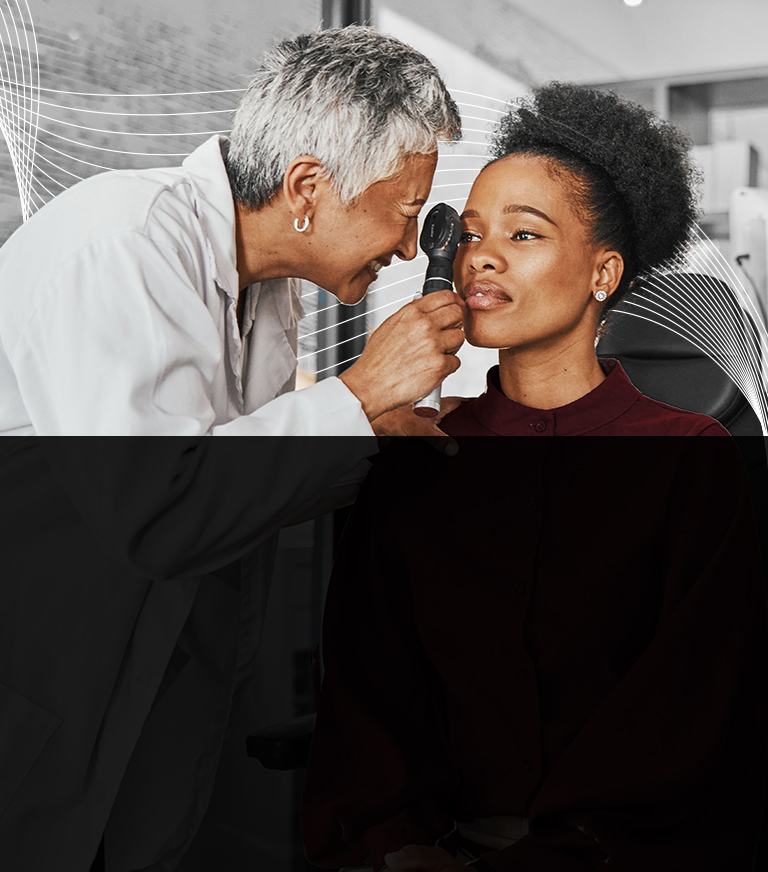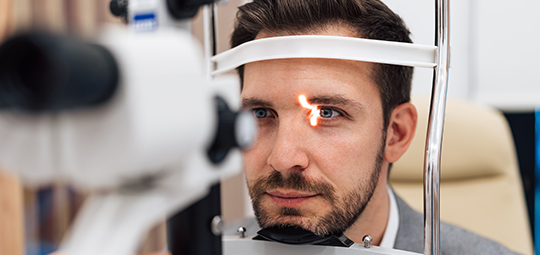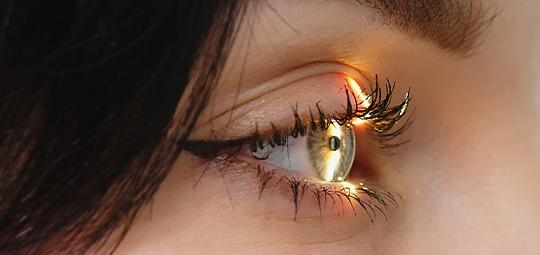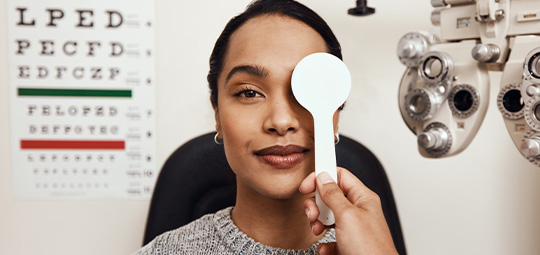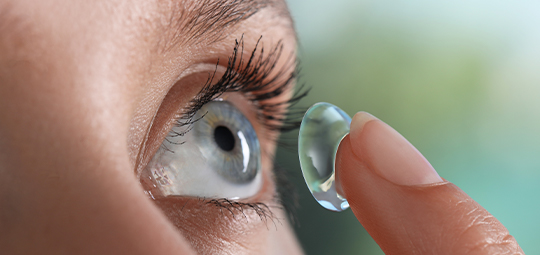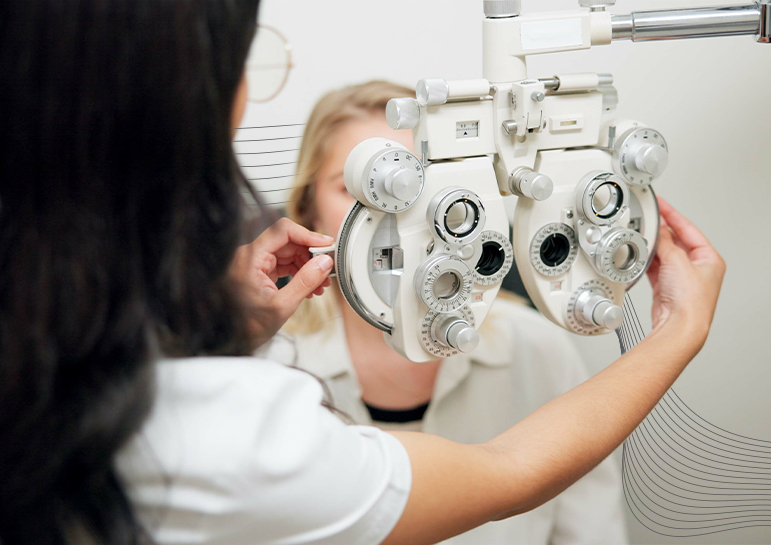
Quality Care Since 1973
Welcome to The Eye Group, where quality eye care meets personalized attention. Since 1973, we’ve been your trusted source for comprehensive vision and eye health services.
From comprehensive eye exams to ophthalmology services, including cataract management and binocular vision dysfunction treatments, our team is dedicated to your visual well-being. Contact us to schedule your appointment today!
Request Appointment
Eye Care Made Simple
Accessibility is at the heart of what we do. We believe everyone deserves quality vision care that fits seamlessly into their lives. From our welcoming environment to easy appointment scheduling and direct communication, we make eye care simple and stress-free.
Our optical selection offers a wide range of frames and lenses to suit every style and budget. Whether you’re looking for functional everyday eyewear, protective glasses, or frames that make a fashion statement, our team is here to help you find the perfect fit.
At The Eye Group, you’re more than a patient—you’re part of our family.
Request AppointmentOur Location
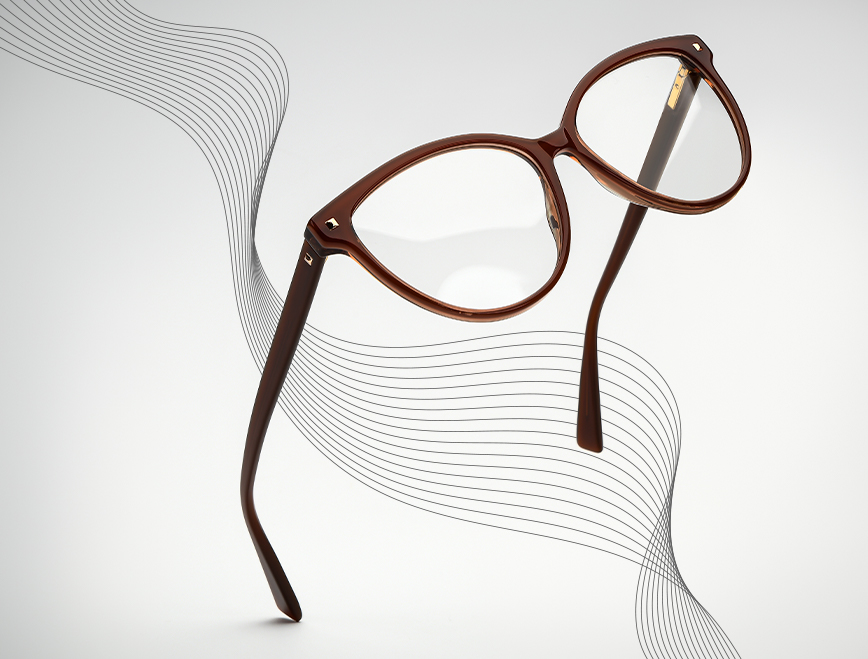
Our Address
- 200 SW Market Street, Suite L120
- Portland, OR 97201
Validated parking with valet service available.
Contact Us
- Phone: 503-223-8147
- Fax: 503-226-2370
- Email: eyegroupassociates@gmail.com
Clinic Hours
- Monday: 8:00 AM – 5:00 PM
- Tuesday: 8:00 AM – 5:00 PM
- Wednesday: 8:00 AM – 5:00 PM
- Thursday: 8:00 AM – 5:00 PM
- Friday: 8:00 AM – 5:00 PM
- Saturday: Closed
- Sunday: Closed

Our Brands

